From coming home after a late day at work, to rising at the earliest of hours in the morning, dogs make those moments easier and a lot more bearable. They even get excited as you go about the seemingly monotonous tasks of your day - even more so when its after telling them you are about to go on a "walk."
Their jumps for love, chasing their own tail, bringing you their favorite toy. All a language of pure love and smiles. Dogs are great. They make life better and show you to smile at the simple things.
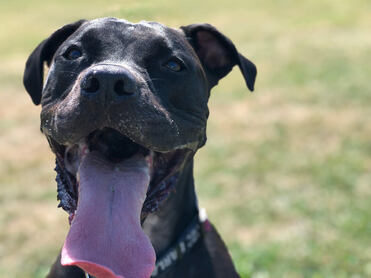
It is a bit "far-fetched" at times to believe, but our brains do in-fact respond subconsciously. Studies have shown that even small interactions can produce our favorite little "Cuddle Chemical," or Oxytocin. As well lower your Cortisol levels. A release of Oxytocin can effectively calm your nervous system down, leading to a relaxed feelings and opening your brain up to naturally bonding with your little tail-wagger.
Studies show that simply making eye contact with your dog can raise Oxytocin levels in both you and your pet.
This lovely balance reduces stress, anxiety, and builds a sentiment of trust and relaxation around one another. This is a major benefit for the entire household.
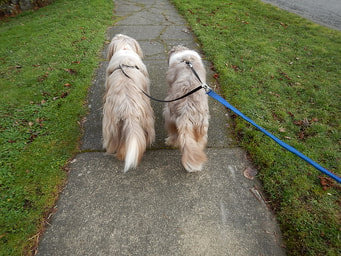
Whether you intend to or not, your dog wants you and themselves to make new friends. If you find yourself to be on the shyer and/or a bit more introverted, spectrum, your friendly neighborhood pup can quickly become your contact creator.
Your dog will gladly greet another dog, and naturally open you up to a discussion with other walks, neighbors, and potentially future friends.
It is always a lovely day when you do not have to think on what to talk about - talk about dogs! Your dogs, in fact! You most likely have a penchant to rave about your pooch, so fire away and learn about theirs as well.
On the other hand of all this, dogs are also a great way to not feel so alone. Go to the park and pack a lunch for you and the pup. Enjoy an afternoon in the sun without a bother for contact with another human. You get respite from the woes of your week, another chance to smile, and some alone time to just love and be loved on.
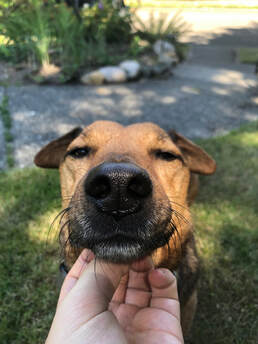
Clinical studies have shown that dog owners have lower blood pressure, cholesterol, and overall lower stress. Owning a dog incentives you to get outside for those long walks, some well earned playtime with the pup, or even a quick wrestle session in the living room
Either way, you are moving. You are more active than without a dog most likely, and you'll never be bored! It is a package deal. You get a great boost to your physical health, release endorphins that make you feel much happier, get time in the sun, and have a chance to reduce stress and depression.
There is no reason our exercise habits cannot be influenced by our furry friends. Let them take control, let loose from the day, and play some fetch. Wrestle a bit. Go on that run you've been telling yourself you'd go on. Not only will you be happier, but the pup too!
Give your pup a hug today. Cuddle them a little longer. It will go a long way.

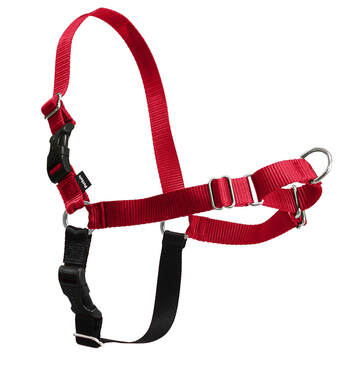
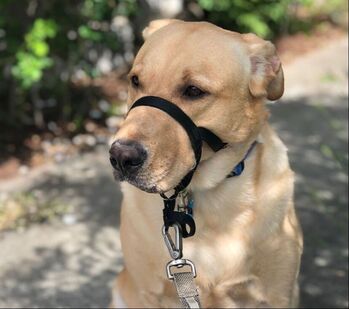
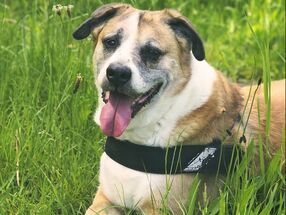
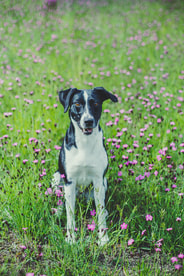
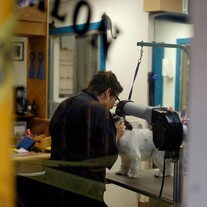
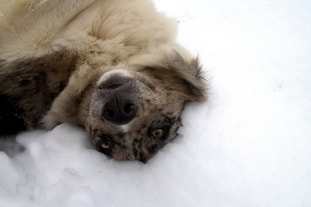
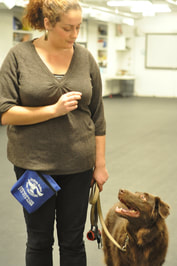
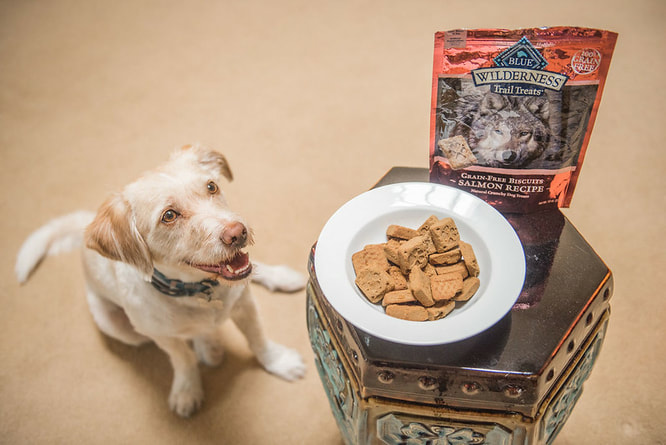
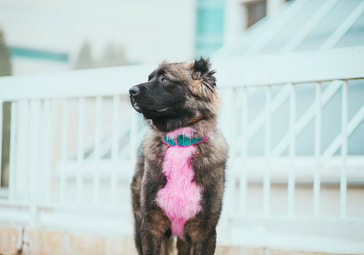
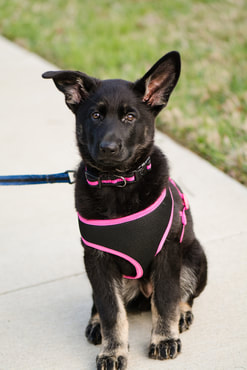
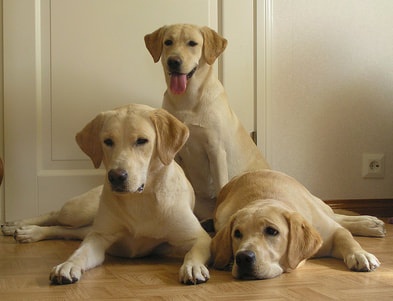

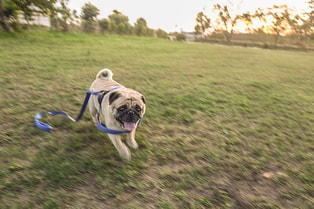
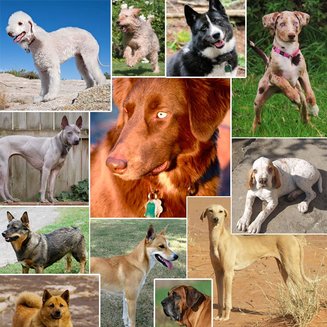



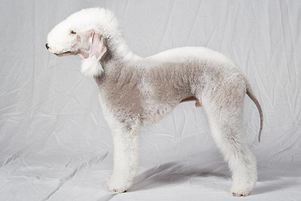
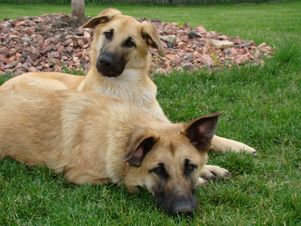
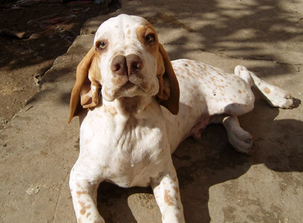
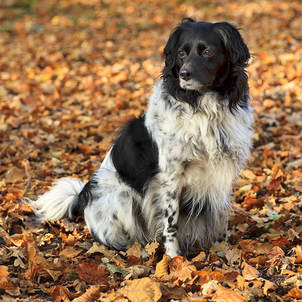
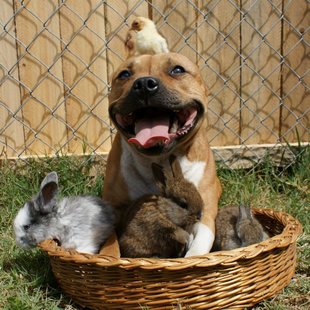
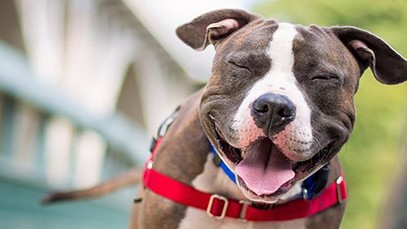

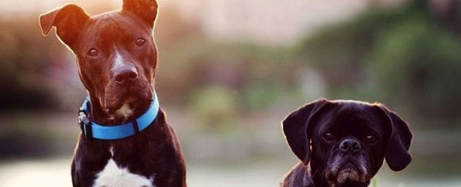

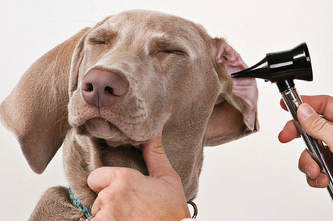
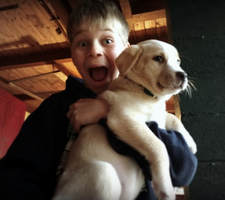
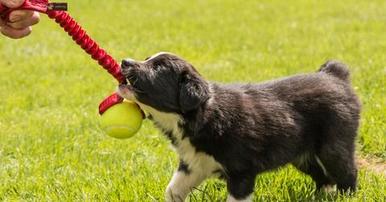
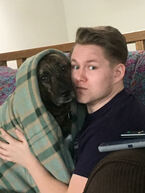
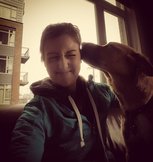
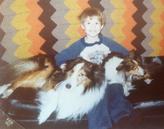
 RSS Feed
RSS Feed

